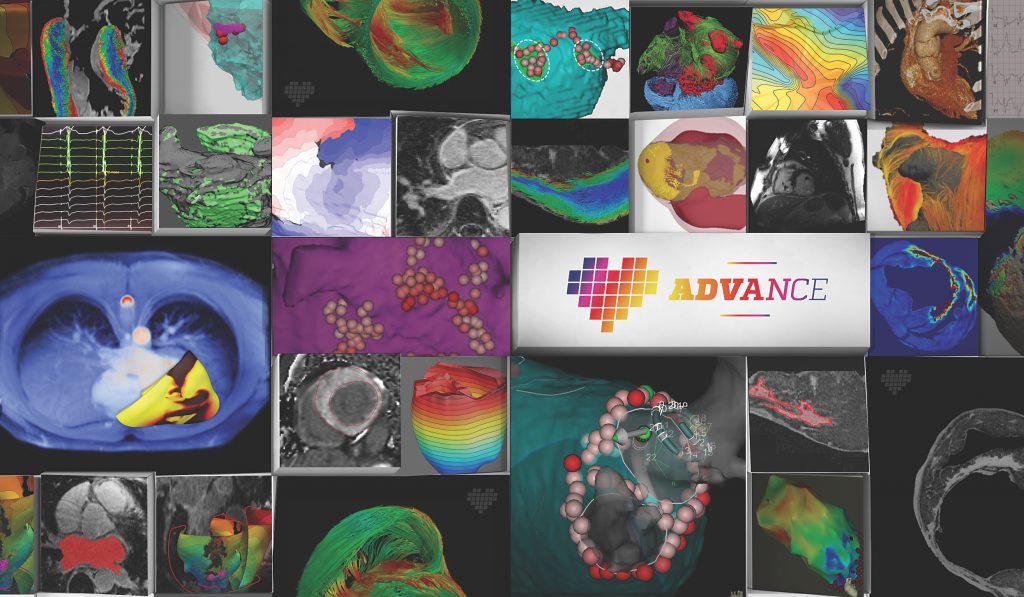
In a new $5.5 million center that spans engineering and cardiology specialties at Johns Hopkins, experts aim to improve the diagnosis and treatment of heart rhythm disorders that affect millions of people by leveraging innovations in cardiac imaging, computer simulations, and data science.
The new center, called the Alliance for Cardiovascular Diagnostic and Treatment Innovation, or ADVANCE, is co-led by biomedical engineer Natalia Trayanova, the Murray B. Sachs Professor of Biomedical Engineering, and cardiologist Hugh Calkins, director of the Cardiac Arrhythmia Service at the Johns Hopkins Hospital.
Trayanova pioneered the use of 3-D virtual replicas of the heart and its electrical function that are personalized to patients with certain heart conditions. The simulations help physicians, for example, use radiofrequency waves to more precisely destroy regions in heart tissue believed to sustain and propagate erratic electrical waves. Trayanova’s laboratory also is studying ways to more precisely predict who is at risk for sudden death or stroke from ventricular or atrial fibrillation, two types of irregular heartbeats.
“Establishing this alliance will lead to an exciting blend of engineering and medicine,” says Trayanova. “It’s the culmination of more than five years of collaborations between engineers and clinicians working to determine how to solve modern medical problems with computational and data-driven approaches.”
Over the next five years, Calkins and other cardiologists at the Johns Hopkins Hospital will lead clinical trials of the engineering strategies developed by Trayanova and her colleagues.




